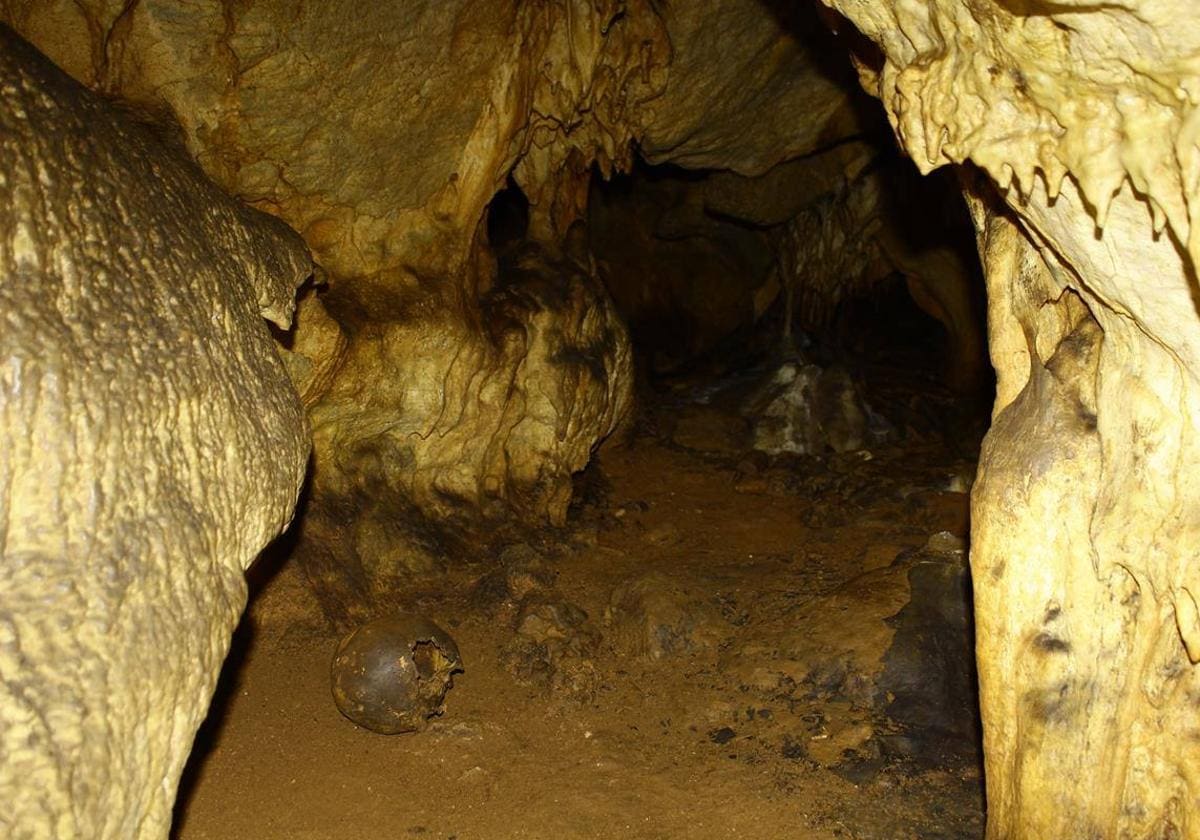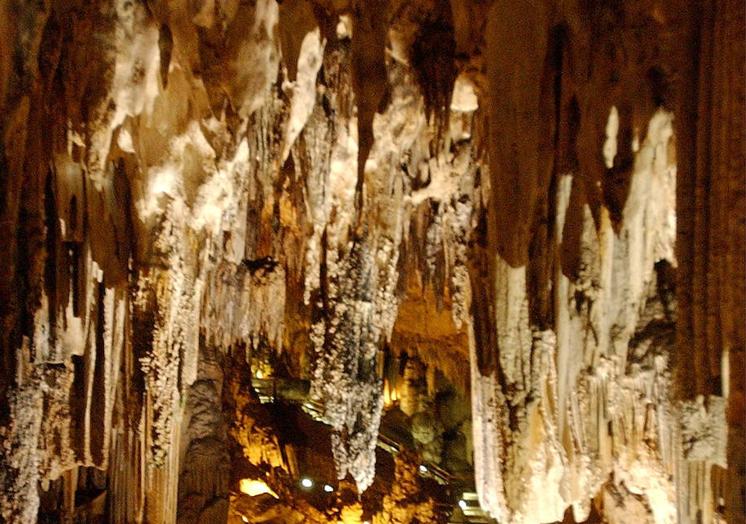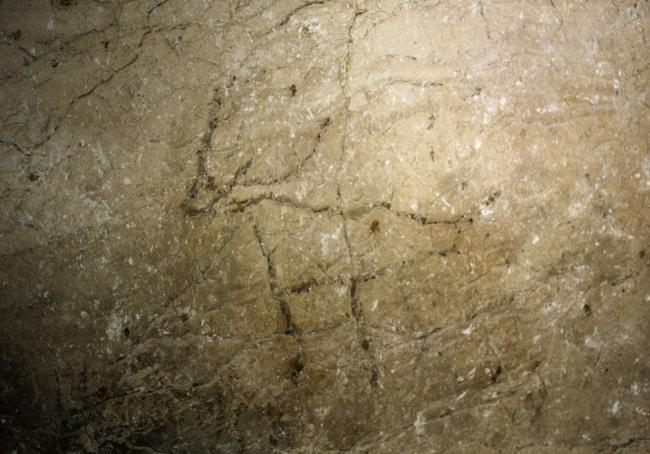

Sections
Highlight

The mild temperatures in the different caves that can be visited in the province of Malaga make them ideal places to take refuge when the sun is at its hottest in the middle of summer. But, beyond being an undoubted climatic refuge, these caves are a good excuse to learn more about life thousands of years ago, when they were the homes of the first settlers. And also to have a practical geology lesson.
Fortunately, the province of Malaga has an interesting network of caves of historical and geological value that can now be visited.
Among them, the best known is the one in Nerja, which also happens to be one of the largest in the whole country. Located a stone’s throw from the village of Maro, this cave of karstic origin is considered a veritable natural museum of speleothems, as it has a great number and variety of formations. Among them are stalagmites, stalactites and large columns that are impressive when seen up close. For this and other reasons, the Nerja Cave has been declared a Site of Geological Interest of International Importance.

However, if this aspect is important, the archaeological aspect is no less so, as cave paintings and remains have been found there that prove that the cave was inhabited by humans more than forty thousand years ago. To discover part of this prehistoric legacy, it is a good idea to visit the Nerja Museum, where you can see numerous remains found inside this impressive cave, which was discovered by chance in January 1959.
In the same region of La Axarquía, a little more than forty kilometres to the west, are the valuable set of caves of Cantal Alto, in Rincón de la Victoria. In this case, it is made up of the Cueva del Tesoro, the most famous and accessible, and the Cueva de la Victoria and the Cueva del Higuerón. The latter two have been enhanced in recent years thanks to the studies carried out on their archaeological findings and the possibility of accessing them, although access is more restricted than in the case of the Tesoro cave.
La Victoria is a real landmark in prehistory, as it demonstrates the link between cave art and death thousands of years ago. The numerous anthropomorphic paintings and funerary remains dating from the same period in two of the galleries of this cave seem to demonstrate this link from approximately five millennia ago.
From a geological point of view, it should be noted that this cave complex is one of only three known caves of marine origin in the world.

Another of the large caves that can be visited in the province is Ardales, where there are some outstanding finds, which are the result of new research into what has been found there. For example, it has recently been discovered that shells were used for decorative purposes there more than thirty thousand years ago . To visit it, it is necessary to book in advance.
These are just some of the most interesting discoveries in this cave, which, unlike those of Nerja or El Tesoro, is not as well-lit, making it possible to imagine what cave life was like thousands of years ago.
Before or after seeing the cave, all the information on the area and its prehistoric past can be found in the visitors’ information centre in Ardales, which is located at the entrance to the town centre.
Last but not least, it is also highly recommended to visit the cave of La Pileta, in the municipality of Benaoján, which has extraordinary cave paintings from the Upper Palaeolithic period.The cave, which is privately owned, was discovered in 1905 by a local farmer. During the excavations, remains of ceramics from the period were found, such as a pendant representing the goddess Venus. Among the paintings are those of animals, which are sometimes superimposed one on top of the other in different colours.
Publicidad
Publicidad
Publicidad
Publicidad
Esta funcionalidad es exclusiva para registrados.
Reporta un error en esta noticia

Debido a un error no hemos podido dar de alta tu suscripción.
Por favor, ponte en contacto con Atención al Cliente.

¡Bienvenido a SURINENGLISH!

Tu suscripción con Google se ha realizado correctamente, pero ya tenías otra suscripción activa en SURINENGLISH.
Déjanos tus datos y nos pondremos en contacto contigo para analizar tu caso

¡Tu suscripción con Google se ha realizado correctamente!
La compra se ha asociado al siguiente email
Comentar es una ventaja exclusiva para registrados
¿Ya eres registrado?
Inicia sesiónNecesitas ser suscriptor para poder votar.